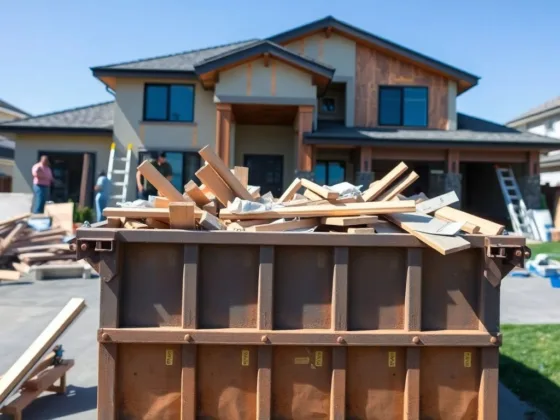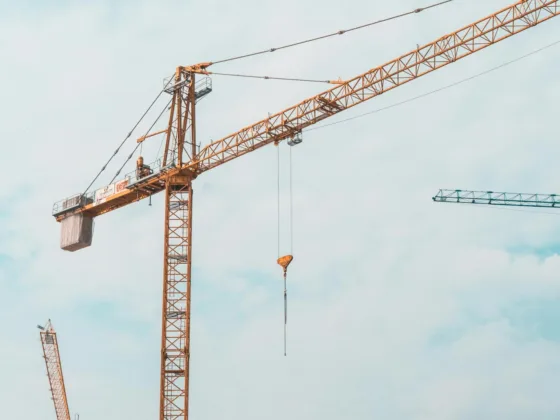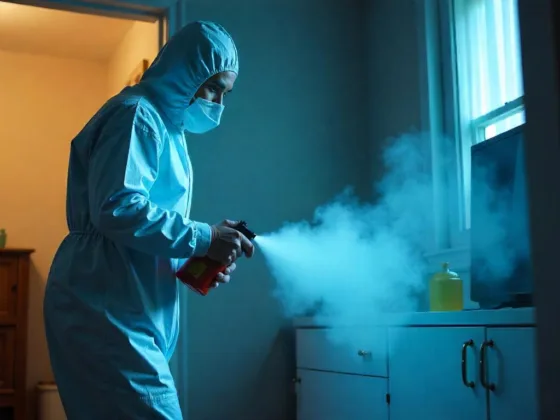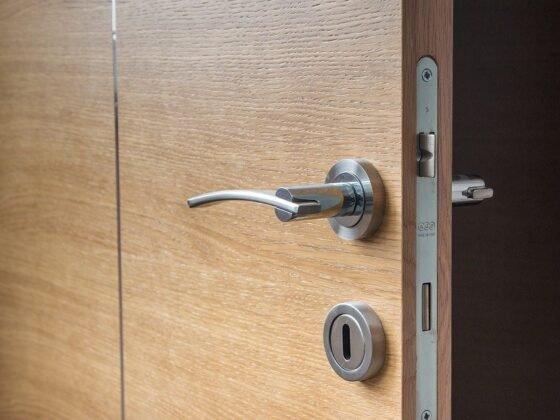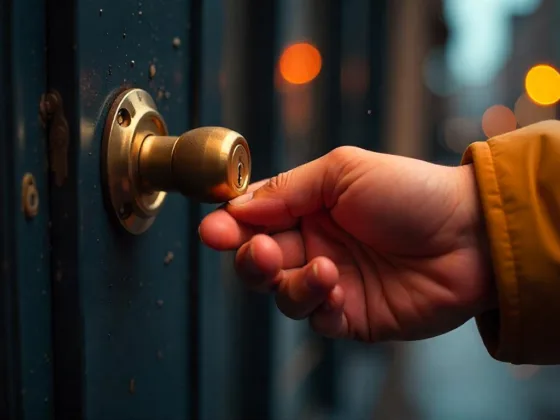Table of Contents Show
Flat roofs are a popular roofing option for commercial and residential buildings alike. They are affordable, provide extra space, and require less maintenance than traditional pitched roofs.
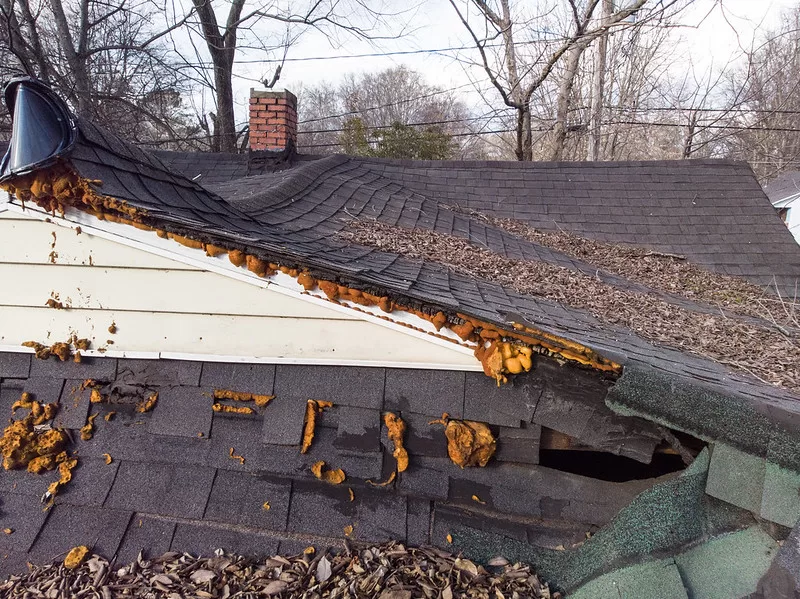
However, they are not immune to damage, and when they do get damaged, they require specialized repair techniques. In this article, we’ll explore everything you need to know about flat roof repair.
What is a Flat Roof?
A flat roof is a roof that is level or nearly level with a slight slope for water drainage. They are typically made of materials such as modified bitumen, EPDM, TPO, PVC, or built-up roofing. Flat roofs are commonly found on commercial buildings, apartment complexes, and homes with modern architecture.
Common Causes of Flat Roof Damage
Flat roofs can be damaged by various factors, including weather, age, poor installation, and foot traffic. Some of the most common causes of flat roof damage are:
- Ponding water
- Weathering and aging
- Poor installation
- Foot traffic
- Lack of maintenance
- Extreme temperatures
- Wind damage
- Falling objects
Signs of Flat Roof Damage
Flat roof damage can be difficult to detect, but some signs of damage include:
- Cracks or splits in the roofing material
- Blistering or bubbles on the roof surface
- Water stains on the ceiling
- Loose flashing
- Ponding water
- Increased energy bills
Read Also:
Flat Roof Repair vs. Replacement
Whether you need to repair or replace your flat roof depends on the extent of the damage. If the damage is minor and confined to a small area, then repairing the roof is usually the best option. However, if the damage is extensive or the roof is old and worn out, replacement may be necessary.
DIY vs. Professional Flat Roof Repair
Flat roof repair can be a DIY project, but it’s not recommended unless you have experience and knowledge in roofing. Professional flat roof repair is usually the safest and most effective option. A professional roofer has the expertise, tools, and materials to repair your flat roof correctly and safely.
Tools and Materials Needed for Flat Roof Repair
If you decide to repair your flat roof yourself, you will need the following tools and materials:
- Safety equipment (gloves, goggles, and a hard hat)
- Roofing material (depending on the type of flat roof)
- Roofing adhesive
- Roofing screws and nails
- Seam tape
- Primer
- Roofing membrane
Step-by-Step Guide to Flat Roof Repair
Here’s a step-by-step guide to repairing a flat roof:
Step 1: Identify the Type of Flat Roof
Identify the type of flat roof you have and make sure you have the correct materials and tools for the repair.
Step 2: Locate the Damaged Area
Locate the damaged area on the flat roof. This could be a tear, puncture, or crack in the roofing material or a loose or damaged flashing.
Step 3: Clean the Area
Clean the damaged area thoroughly. Remove any debris or dirt from the surface and ensure that the area is dry.
Step 4: Repair the Damage
Apply roofing adhesive to the damaged area and press the roofing material firmly into place. Use roofing screws and nails to secure the material in place. For tears or punctures, use seam tape to cover the damaged area.
Step 5: Seal the Area
Once the roofing material is in place, apply primer to the repaired area and allow it to dry completely. Apply the roofing membrane to the area, ensuring that it overlaps with the existing roofing material. Use roofing adhesive to seal the edges and seams. Use our Roofing Calculator to calculate your roof area.
Preventing Flat Roof Damage
Preventing flat roof damage is key to avoiding costly repairs. Here are some tips to prevent flat roof damage:
- Keep the roof clean and free of debris
- Regularly inspect the roof for damage or signs of wear
- Ensure proper drainage and avoid ponding water
- Limit foot traffic on the roof
- Avoid placing heavy objects on the roof
- Schedule regular maintenance with a professional roofer
Flat Roof Repair Cost
The cost of flat roof repair depends on the extent of the damage and the materials needed for the repair. Minor repairs can cost a few hundred dollars, while more extensive repairs can cost several thousand dollars. It’s important to get a quote from a professional roofer before starting any repair work.
Flat Roof Repair FAQs
- Can I repair a flat roof myself?
- While it’s possible to repair a flat roof yourself, it’s not recommended unless you have experience and knowledge in roofing. Professional flat roof repair is usually the safest and most effective option.
- How long does flat roof repair take?
- The length of time it takes to repair a flat roof depends on the extent of the damage and the materials needed for the repair. Minor repairs can be completed in a few hours, while more extensive repairs can take several days.
- How often should I have my flat roof inspected?
- It’s recommended to have your flat roof inspected at least once a year by a professional roofer.
- How long does a flat roof last?
- The lifespan of a flat roof depends on the type of material used and the quality of installation. On average, a flat roof can last anywhere from 10 to 25 years.
- How can I tell if my flat roof needs repair?
- Some signs of flat roof damage include cracks or split in the roofing material, blistering or bubbles on the roof surface, water stains on the ceiling, loose flashing, ponding water, and increased energy bills.
Conclusion
Flat roof repair is essential to maintain the integrity and safety of your building. Understanding the common causes of flat roof damage, signs of damage, and the repair process can help you make informed decisions about your roof.
Whether you choose to repair your flat roof yourself or hire a professional roofer, regular maintenance and inspections can help prevent costly repairs and prolong the life of your roof.



